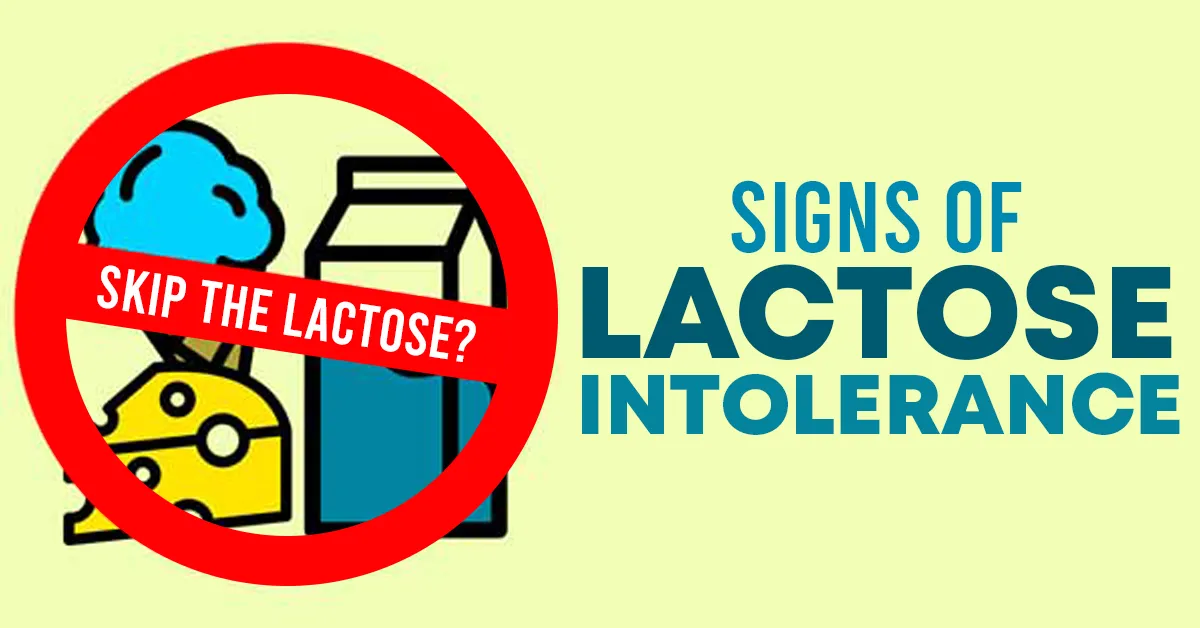Lactose intolerance is commonly diagnosed in children between the ages of 2 and 5. This makes it crucial that parents are aware of the symptoms of this dietary restriction and can work with their young children to provide a diet that accommodates them.
Often times this is spotted before children are beginning school and thus makes it easy to pass this information on to your child’s school.
There are instances where individuals will develop lactose intolerance later in life, even during adulthood, though this is primarily in families where lactose intolerance is common.
What is lactose?
Lactose is the sugar found commonly in dairy products (like milk, ice cream, and cheese) and also select baking ingredients. Thus you often need to keep a close eye on ingredient lists for you or your child if they are lactose intolerant.
Someone is lactose-intolerant if they are unable to digest or absorb the lactose in their small intestine. When you are unable to absorb the lactose as you should it instead passes through the large intestine and is “fermented” by the gut bacteria. This is an issue because it produces carbon dioxide and hydrogen, causing the common lactose intolerance symptoms.
Common symptoms of lactose intolerance
After eating lactose-containing products your child may complain of these symptoms:
- Bloating
- Diarrhea
- Gassiness
- Nausea
- Stomach pain and cramping
If these also arise in instances where your child is not eating lactose foods then it is possible these symptoms are not related to lactose intolerance.
(See childrens.com for more information on symptoms and the University of Rochester for information on what children have increased risks of lactose intolerance)
Non-lactose food alternatives
Thankfully kids have an increased number of non-lactose food options that are more widely available than they were a few decades ago.
The rising popularity of almond milk and other dairy alternatives have made it easier for children to avoid lactose while still consuming many of the same foods as their classmates. Ice cream is even available in a non-lactose version!
Cheese is another common lactose staple in many dishes. Cheddar, Colby, Swiss, mozzarella, and Monterey Jack are all hard cheeses that are “virtually” lactose-free.
How do I know if a food contains lactose?
Typically you can identify these foods by finding the following words on the ingredients list: milk, lactose, whey, curds, milk by-products, dry milk solids, or nonfat dry milk powder.
If you are unsure if your child is lactose intolerant – reach out to your medical provider and work to educate your child on some of the common foods they can not eat. Often times children’s teachers may be aware of their lactose intolerance via school medical records, but knowledge on behalf of the child can also be a great stopping point.


